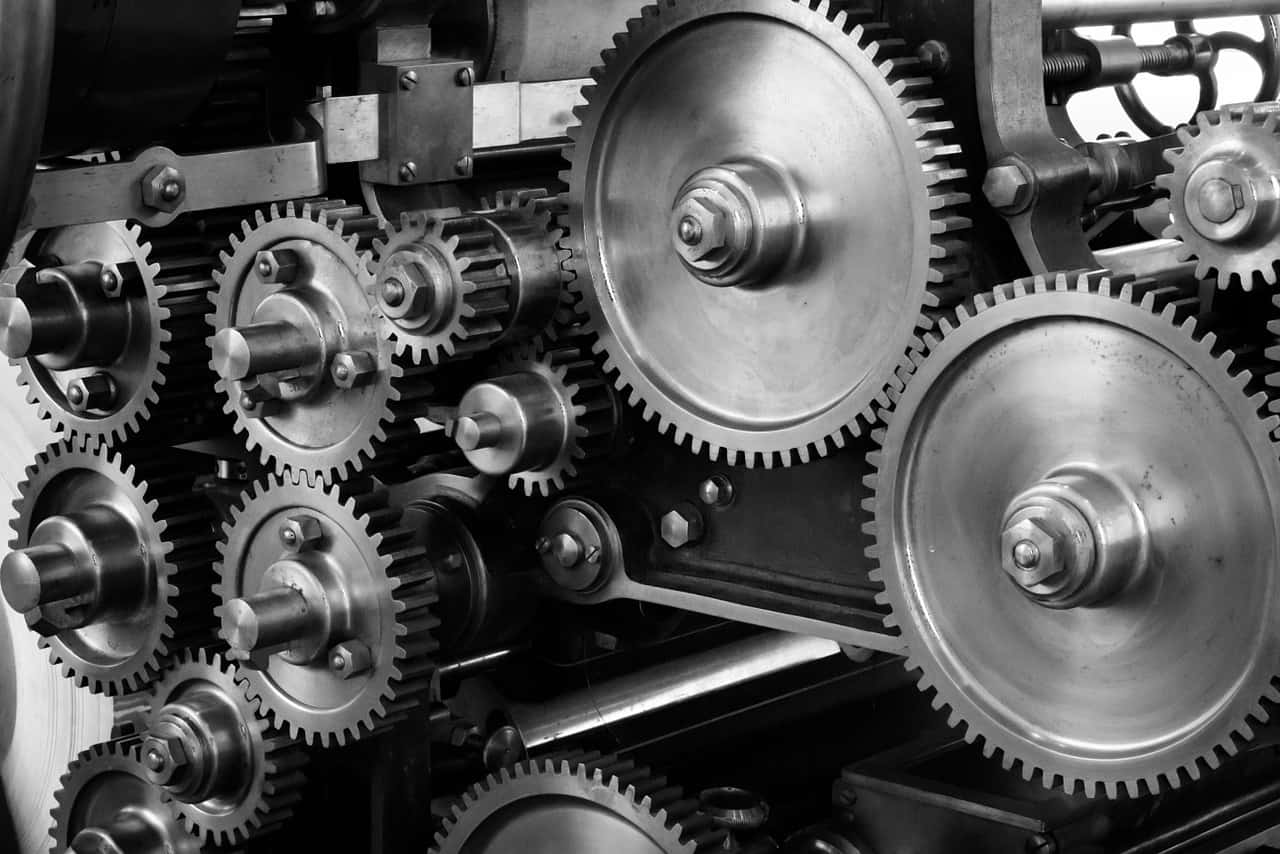Choosing the right type of machinery and engineering for your business application seems like a task you could only get right if you have experience in the field. It can seem impossible to read through all the jargon and find a solution on the other side, however it is actually not as difficult as you may think.
The whole concept behind engineering and machinery is to solve a problem and provide an efficient solution for your needs. This could be finding a printer which can print the best quality images, a coffee machine for your cafe or even a manufacturing machine for your products. At the heart of every machine is a motor, it is the single most important part of your machine and will decide how well your business runs.
Choosing the right motor is the first step in making sure that your business processed run at their fullest capacity and that you are able to make the best quality products and provide first class service. The main two types of motor you can choose from are stepper motors and servo motors. These motors both have their uses within the machinery world and hold value within different metrics.
Stepper Motors
Stepper motors are a type of motor which consists of a stationary stator for the windings, and a rota which has permanent magnets on it. The way this motors works is by using a magnetic field. When a current is run through the motor, the windings generate a magnetic flux which then interacts with the magnetic field of the rotor. This, in turn, causes the motor to move.
The great thing about stepper motors is that they generate motion in small steps, which therefore makes it seem as if the motor is constantly running. The benefit of this is that they are run on an open loop, which costs less to run. Due to the high pole count of this motor, the torque level is high even at zero speed. This means that this type of motor is a very economical choice.
However, like anything the stepper motor does have its downsides. Even though they have a high torque level at zero speed, the torque level falls as the speed increases. This means that they work better at lower speeds, around 1200 RPM or lower.
Stepper motors do also have limitations when it comes to the way that they perform. If you think of a stepper motor like a spring system, you will notice that the way it performs is not fully controlled as it could be. Due to the fact that the motor must break friction to move, it is difficult to control the movement it makes. This means that if you wanted to change the way the motor moved by asking it for a specific number of steps, it would likely under or over shoot the value slightly. For this reason, servo motors are a much better option if you require a great level of accuracy and precision in your processes. Stepper motors, however, work great if you need an economic solution.
Servo Motors
Servo motors are the next type of motor we will talk about, and they have many uses in the business industry. This type of motor includes a rotor with permanent magnets and a stationary stator just like the stepper motor. The process of this motor works the same, however servo motors have a much lower pole count than a stepper. Due to this, they will often be run on a closed loop.
With the fact that servo motors are run on a closed loop, it , wants that unlike the stepper motor, this is much more accurate and precise. They are a much more complex and modern type of motor than their counterparts and because of this, they run much faster. A servo motor can reach a few thousand RPM as it works which means that they are a great choice to used alongside gearboxes for business applications.
As for the downsides of using a servo motor is mostly to do with the cost. Stepper motors use a type of magnet within them which are inexpensive, whereas servo motors use rare earth magnets, which hikes up the price of the motor. The reason for using a rare earth magnet is to develop higher torque on a smaller surface, however, it does mean that this motor is much more costly.
How To Choose
After looking over all of the advantages and disadvantages, it is pretty clear that a servo motor is much better in terms of performance than a stepper motor. However, stepper motors can still be a good choice if you are on a budget and don’t need the accuracy which a servo would provide. Ultimately the decision you make will depend on the type of manufacturing you plan to carry out or the service you want to provide to your customers. If you want something which is cheap and economical as you find your feet, then a stepper motor is ideal. If you have the funds to invest in a more expensive choice then a servo could be great. There are a few different factors which you will want to sit down and figure out before you make your final choice on a motor:
Torque requirements of your application
Acceleration for the application
Overall speed requirements for your processes
Budget
Size limitation
Load mass
Inertia
Once you have started to work out what you need from your motor, you will start to see which one is a better fit for your application, and the result may be different to what you first thought. It is crucial that you take the time to look through your metrics properly and get other people involved to get their opinion on the motor you wish to use.
In general stepper motors are used frequently in industries such as defence, security, medicine, biotech and related fields. This is due to the fact that they do not take up a lot of room, and they are inexpensive to use in these service industries.
Servo motors are usually used for any type of process which requires a higher speed and accuracy. They are often used for web processing and gaming, packaging manufacture, converting and related fields.



